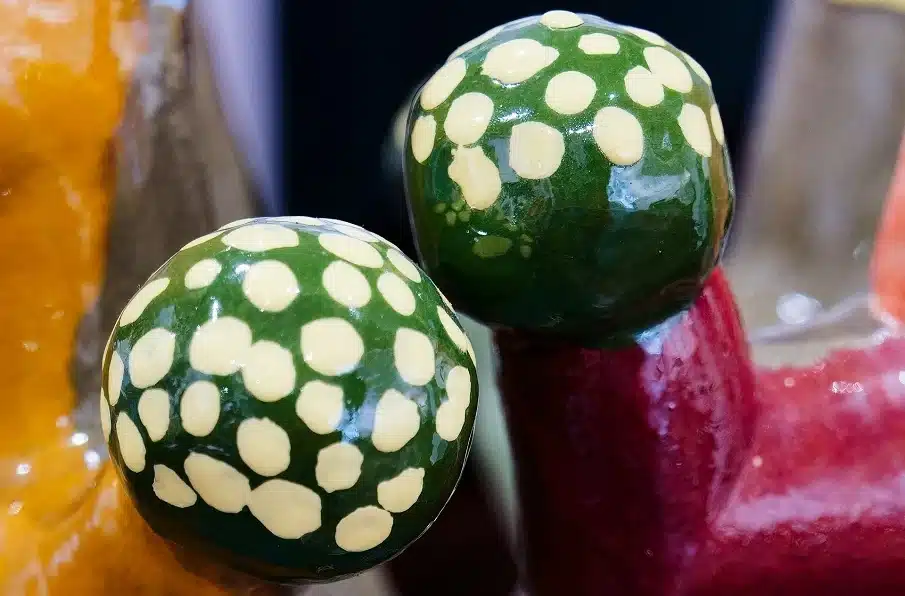The Unique Appeal of Handmade Products
Handmade products hold a distinctive allure that sets them apart from mass-produced items. They are often characterized by unique craftsmanship, where the artisan invests significant time and skill into creating each piece. This attention to detail ensures that every handmade item exhibits a level of quality and individuality that is rarely found in products manufactured on an assembly line. The meticulous process involved in crafting handmade goods, whether it is jewelry, home decor, clothing, or artwork, adds a personal touch that resonates with consumers.
The emotional connection consumers develop with handmade products further accentuates their appeal. Unlike generic items, each handmade creation comes with its own story, often reflecting the artisan’s personal journey, experiences, and inspirations. This narrative adds value and significance, creating a bond between the buyer and the maker. The uniqueness of these products fosters a sense of ownership and pride among consumers, who cherish knowing that their purchase supports craftsmanship rather than mass manufacturing.
In the realm of jewelry, for instance, handcrafted pieces often feature intricate designs that highlight the artisan’s skill and creativity. Home decor items may incorporate locally sourced materials and traditional techniques, resulting in a product that carries the essence of its origin. In clothing, handmade garments can offer bespoke tailoring and unique fabrics, allowing for personal expression in fashion. Artworks, whether paintings, sculptures, or ceramics, reveal the individual techniques and styles of the creators, making each piece a one-of-a-kind treasure.
Considering the diverse range of skills and materials involved in crafting handmade products, it is evident why they are increasingly sought after by consumers who appreciate quality, uniqueness, and the heartfelt stories behind each creation. This appreciation reflects a growing trend towards valuing craftsmanship, leading to the elevated status of handmade items in contemporary consumer culture.
Supporting Artisans and the Handmade Movement
In recent years, there has been a notable shift in consumer behavior towards supporting artisans and embracing the handmade movement. This trend reflects a growing appreciation for craftsmanship and creativity, as well as an understanding of the economic and social benefits associated with purchasing handmade products. By choosing to buy from local makers, consumers foster small businesses that contribute to the vitality of their communities. The handmade movement not only encourages local economies but also instills a greater sense of community, as artisans often engage with their customers on a personal level.
Moreover, purchasing handmade goods promotes sustainable practices. Artisans typically source their materials in a manner that minimizes environmental impact, whether through the use of reclaimed materials or by employing ethical sourcing practices. This conscious consumption resonates with consumers who increasingly prioritize sustainability in their buying decisions. In this context, the handmade movement serves as a counterbalance to mass production, promoting a more responsible and thoughtful approach to consumerism.
The rise of online platforms and marketplaces has also played a significant role in connecting consumers with artisans. Websites such as Etsy, Artisanal software solutions, and local craft fairs provide invaluable exposure for makers while enabling consumers to discover unique, handcrafted items. The influence of social media cannot be underestimated here, as it has become an essential tool for artisans to showcase their work, share their stories, and build relationships with their audience. Through platforms like Instagram and Facebook, artisans can reach potential buyers directly, creating a vibrant community centered around appreciation for handmade goods.
Furthermore, by valuing and purchasing handmade items, individuals partake in the preservation of traditional crafting techniques that might otherwise fade into obscurity. This resurgence of interest in craftsmanship not only enriches the consumer experience but also fosters connection and authenticity in a world increasingly dominated by disposable products.












